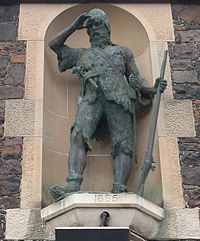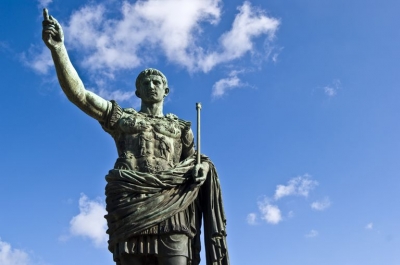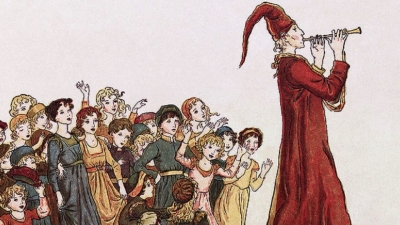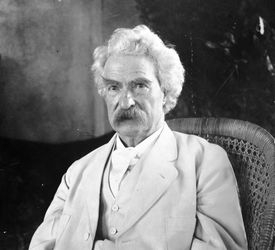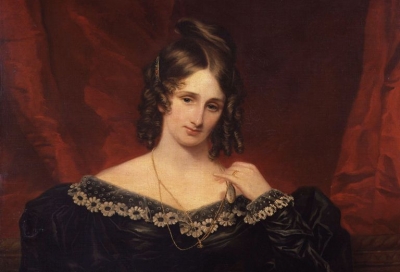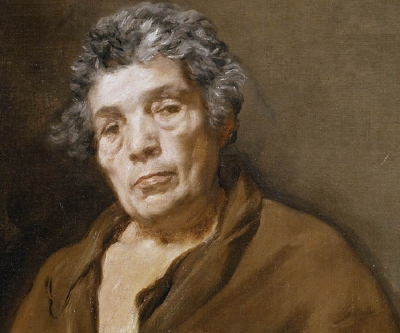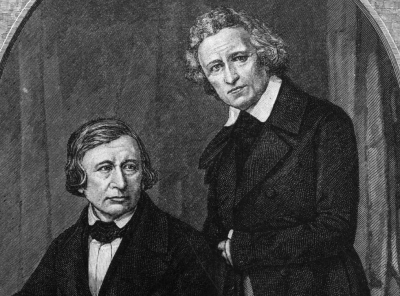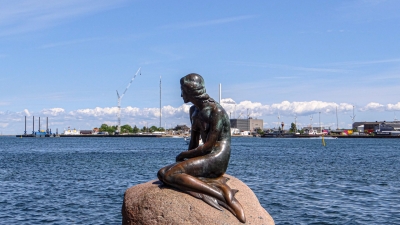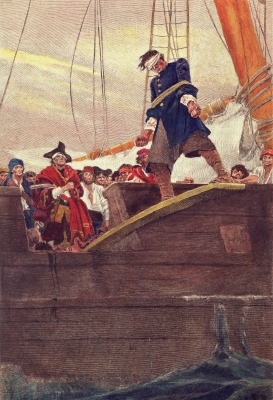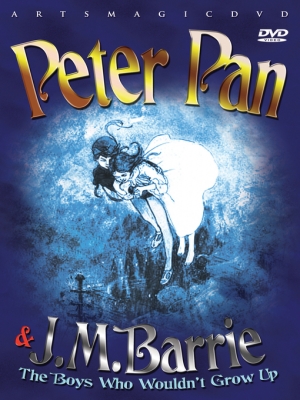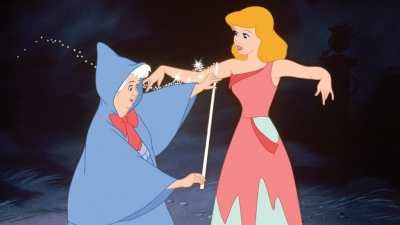
Don’t go, Fred!
Even though I have read the Harry Potter series many times over, I have always more or less lumped Fred and George together in my mind as two parts of a single character. I am not the only one who feels this way. Their own mother and Harry too get the same feeling. And I feel this viewpoint seems to be true for J. K Rowling herself.
What makes me saddest is the thought of George being left behind after Fred's death. Of course the twins are an inseparable duo, but even more that they were a duo for whom Fred provided much of the humour and the fun.
Fred and George are far more alike than they are different - both are funny and goofy, both care deeply about Harry, and in the end, their family as well. Both really did complement each other perfectly. They brought smiles to our hearts even in the darkest of times.
Imagine life for George after Fred's death. How he would have struggled to live alone.
I think everyone would be happy if Fred had lived and enjoyed the glory of the trick shop he opened with George. So, if I could change anything about my favourite book, this would be it.
My favourite book is J.K.Rowling's 'Harry Potter and the Deathly Hallows'. One thing I would like to change about it is the fate of the Weasley twin Fred. No matter how much I think about it. Fred Weasley should not die. I don't see how George is supposed to live without him. Albus Dumbledore once quoted, "Do not pity the dead, pity the living". I totally agree with this. Fred and George are inseparable. They should not be separated. Lots of other characters have breathed their last in this book as well. Little Teddy will have to grow up without his parents. But in my point of view, Fred's death is the most consequential as I'm sure that George will never be able to get over the passing of his twin brother.
A happy ending
The Shiva Trilogy by Amish Tripathi has been my favourite book series for years. However, if I could change one thing about the last book of the series, The Oath of the Vayuputras, it would be Sati's death. The book culminates in the use of the Pashupatiastra by Shiva, which decimates the city of Meluha after an intense fight between the Egyptian warriors and Sati's army. Shiva's wife ultimately succumbs to multiple injuries, her death leaving her husband and two sons devastated. I would have the book end with victory for Mahadev and his followers, but with Sati at his side.
An ending filled with laughter
If given the chance, I would like to change one scene from the book Swami and Friends written by RK Narayanan. In the last scene of the story, Rajam, one of Swami's friends, boards a train to move to another city, as his father had got a job transfer. The story, after going on in such a humorous pace, enters a state of overwhelming sadness. So, to keep up the humour, I will have converted this into a joke played by Mani. Swami's other friend, who informs Swami of Rajam's departure. I would have liked to see Swami wait for a long time in the station waiting for Rajam and his family. But since they never came, Swami would have nun to Rajam's home, and be surprised to find the big house occupied by Rajam and his family as usual. If the last scene would have been like this, the story would have ended with a positive and funny note, and it would have left the readers rolling with laughter. The story would then stay in the readers' minds, and whenever they talk to someone about the story, they'd say "The story ended with such a funny little prank! I loved it, instead of them saying I was so sorry for poor Swami. How disappointed and lonely he would have felt after parting with his best friend.
The power of magic
I have a list of favourite books and if ever I could change one thing about my favourite book then it would be the ending of Harry Potter. It is such a good book and I like everything in the book, but I think that when Harry Potter defeats Lord Voldemort and frees Hogwarts from evil, he must have brought his parents back to life by the power of magic. And I think that no other changes in this book would be better than this one.
The Bridge Home
There are two sisters in the story The Bridge Home by Padma Venkatraman - Viji and Rukku. Their father was a very cruel person. He ill-treated them so much that they left home and after wandering a lot, they finally ended up below a bridge. There they met two homeless boys named Arul and Muthu and befriended them. As they did not have a shelter they lived in a graveyard. Rukku and Muthu fell ill and were taken to hospital. The doctor examined them and said that they had dengue but Rukku had pneumonia too. When Viji and Arul found them, it was too late. Though Muthu survived, Rukku had passed away. Viji cried inconsolably at the loss of her younger sister. Her father came back for Viji as a changed man to take her back home. It was so touching and moving that it brought tears to my eyes.
If I could change one thing in this book it would be that Rukku's father had come to the hospital much earlier as a changed man and looking at her father as a kind person Rukku recovered and went home with him and Viji and lived happily ever after.
A 'key' problem
My favourite book is 'Long Haul in the series Diary of the Wimpy Kid' by Jeff Kinney. The story has an abrupt ending and it leaves you wanting more. In the story Greg and his family are out on a road trip. A significant part of the story deals with a lost key to a locker where they had stored all their valuables. Many misadventures follow in trying to retrieve the key or the valuables. Greg ends up finding that the lost key was in his pocket all along. The book ends at this point, but it would have been good to have extended the fun with how Greg would now deal with this new problem.
The Last of the Mohicans
The last of the Mohicans is a heart-stopping novel about Red Indians and their wars. This is a story which follows the journey of the last of the Mohicans, a father and son, as they try to rescue a colonel's daughters who are kidnapped by the Iroquois, a dangerous Red Indian tribe. The Mohicans finally kill the chief and rescue the daughters.
The one thing that I would like to change in the book is the death of the son. In the end of the novel the son dies, which shows the end of the Mohicans. It would have been great if the son was alive, because it shows that the end of the Mohicans is near As the son was also a brave warrior, his death was very sad to read. But the author shows the fragility of life here.
Picture Credit : Google
